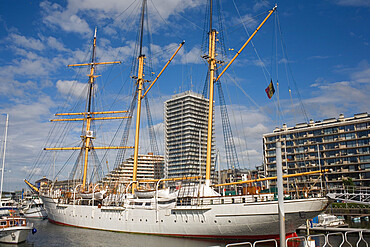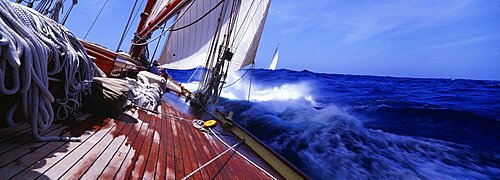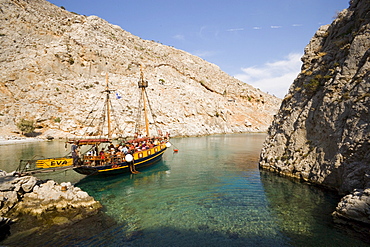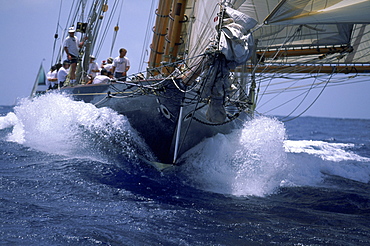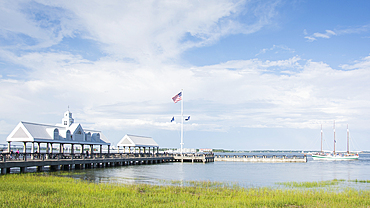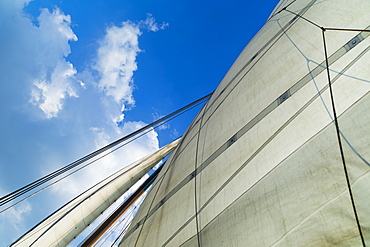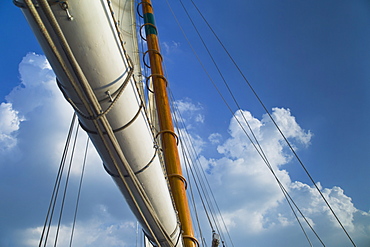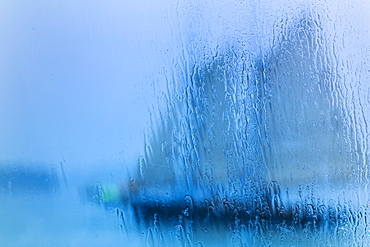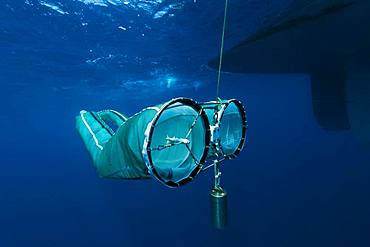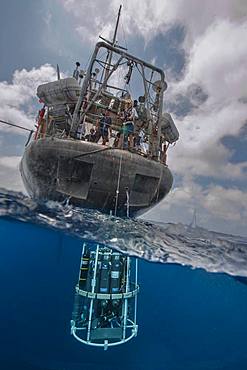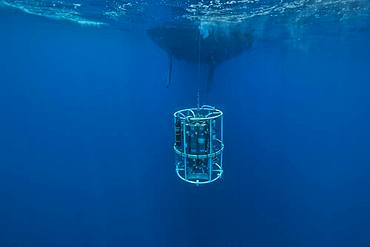Results
6 results found
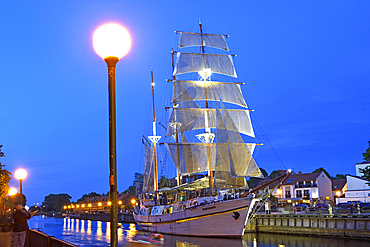
Barquentine Meridianas, now converted for catering purposes, moored by the embankment of the Dane river, Klaipeda, port city on the Baltic Sea, Lithuania, Europe
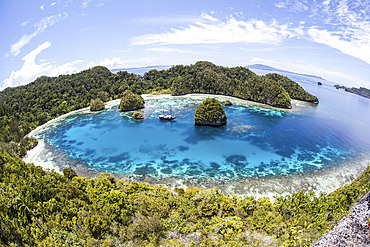
Rugged limestone islands surround a gorgeous lagoon in a remote part of Raja Ampat, Indonesia. This beautiful region is known as the heart of the Coral Triangle and is a popular destination for scuba divers and snorkelers.
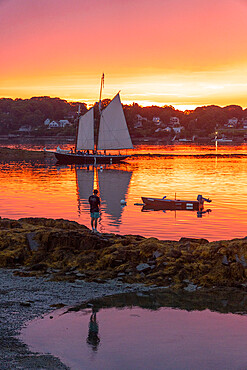
A schooner returns to dock at sunset at Bailey Island, Casco Bay, Maine, United States of America, North America

A schooner returns to dock at sunset at Bailey Island, Casco Bay, Maine, United States of America, North America
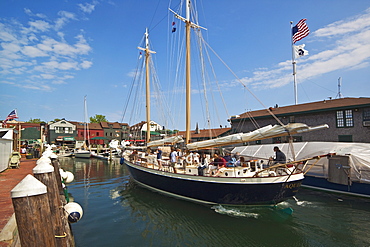
The 80 foot excursion schooner Aquidneck returning to Bowen's Wharf, established in 1760 and now a busy waterfront retail and tourist centre, Newport, Rhode Island, New England, United States of America, North America

Tourist on a schooner cruising between the different beaches and islands around Paraty (Parati), Rio de Janeiro State, Brazil, South America

Schooner cruising between the different beaches and islands around Paraty (Parati), Rio de Janeiro State, Brazil, South America

Schooner, Mystic Seaport, Mystic River, Connecticut, New England, United States of America, North America

Coolies carrying bags of cement onto schooner, Sunda Kelapa, harbour of Jakarta, Java, Indonesia, Southeast Asia, Asia

The Wavertree tall ship moored at pier 17, South Street Seaport, Manhattan, New York City, New York, USA
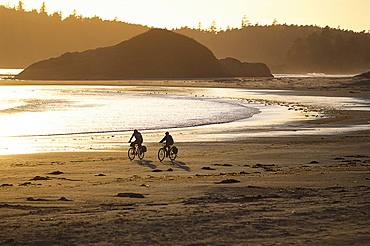
Schooner Cove, Pacific Rim natural preserve, Vancouver Island, British Columbia, Canada, North America, America
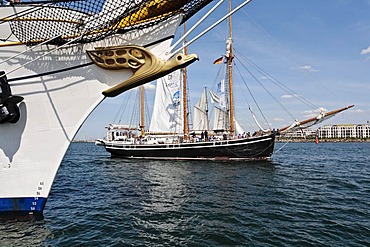
Albatross as a figurehead of the Gorch Fock, sailing school ship of the German Navy, and the Swedish Schooner named Westkust, Hanse Sail 2008 in Warnemuende, Mecklenburg-Western Pomerania, Germany, Europe

Three-masts Schooner named Loth Loriën next to the lighthouse of the Westmole, Hanse Sail 2008 in Warnemuende, Mecklenburg-Western Pomerania, Germany, Europe
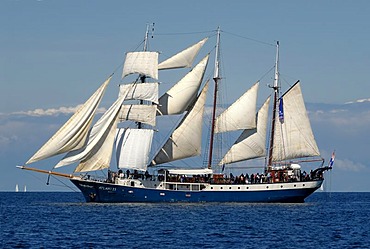
Fully rigged three-masted schooner, Atlantis, traditional ship, tall ship, Kiel Week 2010, Kiel Fjord, Schleswig-Holstein, Germany, Europe
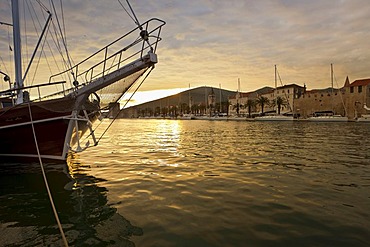
Old schooner in the port of Trogir, Split area, central Dalmatia, Adriatic coast, Croatia, Europe, PublicGround
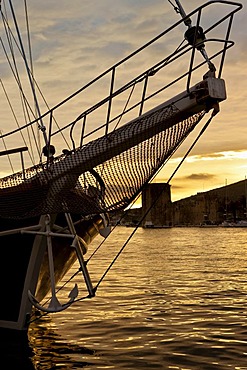
Old schooner in the port of Trogir, Split area, central Dalmatia, Adriatic coast, Croatia, Europe, PublicGround
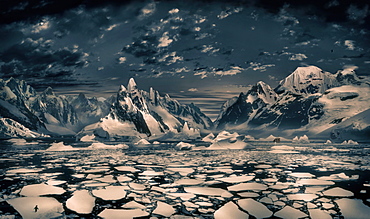
Winter landscape with penguin on ice floe in front of massive icebergs at dusk, Antarctic Peninsula, Antarctica

Essex Shipyard, once recognized world wide as North America's center for fishing schooner construction, Massachusetts.

Schooner Bay, Drakes Estero, Point Reyes National Seashore, California, Marin County, California, United States
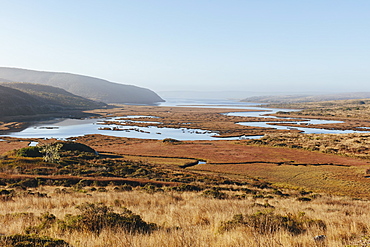
Schooner Bay, Drakes Estero, Point Reyes National Seashore, California, Marin County, California, United States

Tara Pacific expedition - november 2017 Small coral island and adjacent reef, near Yanaba Island, Papua New Guinea, H: 452.3 m, mandatory credit line: Photo: Christoph Gerigk, drone pilot: Guillaume Bourdin - Tara Expeditions Foundation
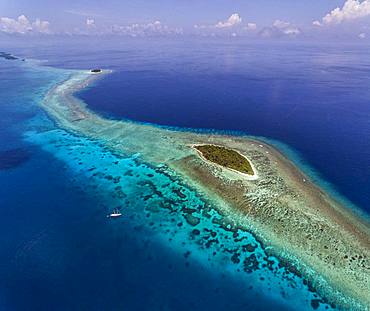
Tara Pacific expedition - november 2017 Small coral island and adjacent reef, near Yanaba Island, Papua New Guinea, H: 536,6 m, mandatory credit line: Photo: Christoph Gerigk, drone pilot: Guillaume Bourdin - Tara Expeditions Foundation
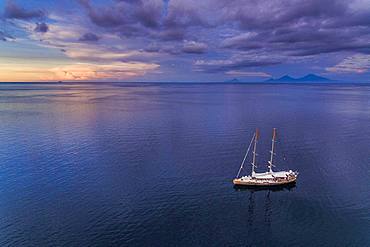
Tara Pacific expedition - november 2017 Tara in Kimbe Bay, papua New Guinea, H: 103,6 m, mandatory credit line: Photo: Christoph Gerigk, drone pilot: Guillaume Bourdin - Tara Expeditions Foundation
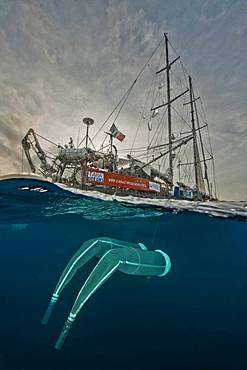
Tara Oceans Expeditions - May 2011. Tara with deployed plancton nets. On "station", the boat is drifting without engine or sails. Tara Oceans, a unique expedition: Tara Oceans is the very first attempt to make a global study of marine plankton, a form of sea life that includes organisms as small as viruses and bacterias, and as big as medusas. Our goal is to better understand planktonic ecosystems by exploring the countless species, learning about interactions among them and with their environment. Marine plankton is the only ecosystem that is almost continuous over the surface of the Earth. Studying plankton is like taking the pulse of our planet. Recently, scientists have discovered the great importance of plankton for the climate: populations of plankton are affected very rapidly by variations in climate. But in turn they can influence the climate by modifying the absorption of carbon. In a context of rapid physico-chemical changes, for example the acidification observed today in the world's oceans, it is urgent to understand and predict the evolution of these particular ecosystems. Finally, plankton is an astonishing way of going back in time ? a prime source of fossils. Over the eons, plankton has created several hundred meters of sediment on the ocean floors. This allows us to go back in time, to the first oceans on Earth, and better understand the history of our biosphere. More than 12 fields of research are involved in the project, which will bring together an international team of oceanographers, ecologists, biologists, geneticists, and physicists from prestigious laboratories headed by Eric Karsenti of the European Molecular Biology Laboratory. Galapagos
